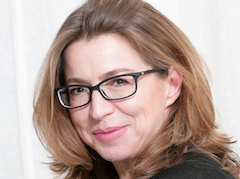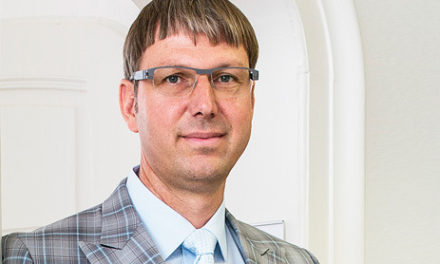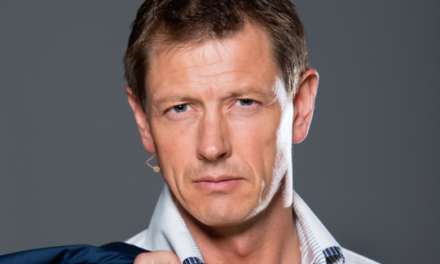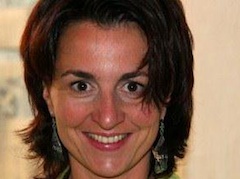Theresa Condor/ VP Corporate Developement – Spire
Reading Time: 4 minutes

You develop Satellites in the size of shoe boxes – how do they get into space?
Theresa Condor: They go up on a rocket. We are building nanosatellites so they are quite tiny. You just said they have a shoe box size or as we say: the size is like a bottle of wine. They can ride along on many, different rocket launches so we don’t necessarily have to have our own rockets. The satellites are in a standard box that works a bit like a jack in the box. The box has a spring in it and the satellite gets pushed down in the box. It then takes a ride along the rocket. As soon as it arrives at the main orbit the lid is opened and the spring pushes the satellite out into the orbit.
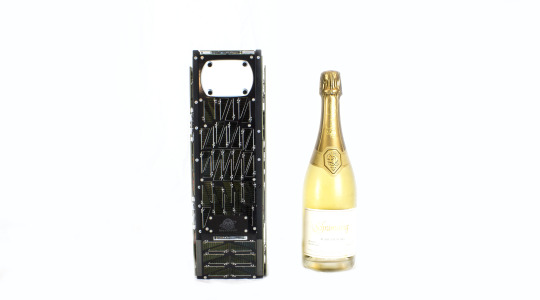
There is a market for launching satellites that you can piggyback on and just pay for the ride?
Theresa Condor: Yes. We purchase rocket launches from any of the rocket launch providers around the world.
What is the main focus of the satellites once they are up there?
Theresa Condor: We are focusing on listening to the three quarters of the world that is remote or covered by the oceans. Generally when looking at the earth, people think about continents and countries. But only 30% of our planet is covered by land. The majority is covered by oceans and it is very difficult to get information all over the oceans on a global basis. Having a satellite constellation of not just one or two satellites but many satellites that can give constant coverage, is something that we are capable of doing with our nanosatellite technology. With a large constellation of satellites we can collect all sorts of data types that have a big impact on global GDP and could otherwise not be produced.
What areas could that be?
Theresa Condor: Initially we are focusing on remote asset tracking. In the first case that means ship tracking as 90% of world trade is transported by ships. Much of the time when they are on the ocean we don’t actually know where they are, especially if you consider all the ships on the planet on a global basis. A large economic activity is happening there.
Our second focus is weather data. A third of global GDP is impacted by the weather and yet we still have a lot of uncertainty around forecasting and being able to tell about extreme weather events accurately, for example the occurrence of hurricanes, tornados and flooding. With a large constellation of satellites we can collect much larger quantities of data that allow us to make much better weather predictions. Reliability on the forecast provides better planning in when to harvest in agriculture for example. A bigger amount of data that is pulled down and can be analyzed will open new possibilities also for industries that wouldn´t normally consider to use data from satellites. For example all industries that depend on merchandise management could optimize their planning. Data availability touches everybody and every business.
Will there be a shift in the distribution of data, now that private owned companies are able to obtain data from their own satellites?
Theresa Condor: Yes. There is a lot of discussion in the United States about working together with the private sector and spending less taxpayer money. This is an ongoing process but I think and hope that in the near future we will find a way for data to be used by the government and the private sector as private owned companies can enhance the usage by value added applications.
The satellites last only two or three years, although they are not very big, there will be many of them. How do you deal with space junk?
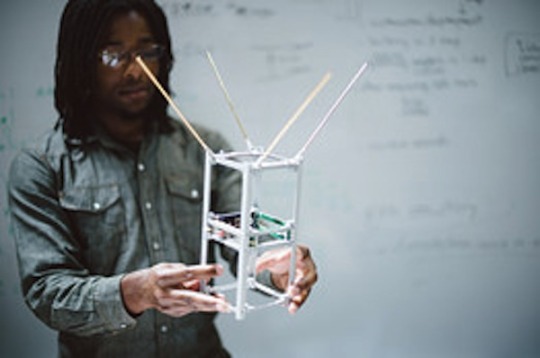
Theresa Condor: Our satellites are replaced every two years so that we can implement the latest technologies. The satellites end up burning in the atmosphere. How long satellites generally last depends on the orbit that they are in and other factors.We can always decide to deorbit them, which means that we have them go lower and lower in the atmosphere till they burn and there’s nothing left. So we don´t produce space junk.
What is your vision for your company / your personal vision?
Theresa Condor: Our vision is to provide reliable information on the weather and the temperature so everyone will be able to make decisions around that. These decisions may save money and or increase revenue in helping businesses to make better planning but also save lives by predicting serious weather conditions like thunderstorms or floods.
In general we want to leverage nanosatellite technology in that form that we are able to produce detailed data that is not obtainable right now and is relevant for everyone and every business.
About Theresa Condor
Theresa has been with Spire since day one when it was still called Nanosatisfi. Foregoing a vibrant and lucrative career at Citibank where she was responsible for billions of dollars of risk sales, Theresa was immediately captured by the vision and business applicability of Spire’s technology. Focused on building the initial business case and then taking a lead role in corporate partnerships, fundraising, and business development, Theresa signed Spire’s first international MOU, first LOI, and first million dollar contract. Prior to Spire, Theresa spent the past decade working in emerging markets. Most recently, Theresa managed the Latin America trade syndications desk for Citibank out of NY, working at the intersection of supply chain management, global trade, and development finance at the height of the financial crisis. She has also worked on multi-million dollar contracting projects in the shipping industry and lived in Bangladesh while working for a USAID private sector development and trade promotion project.
Theresa is a graduate of Cornell University and Columbia School of International and Public Affairs (SIPA), and studied at The London School of Economics.


